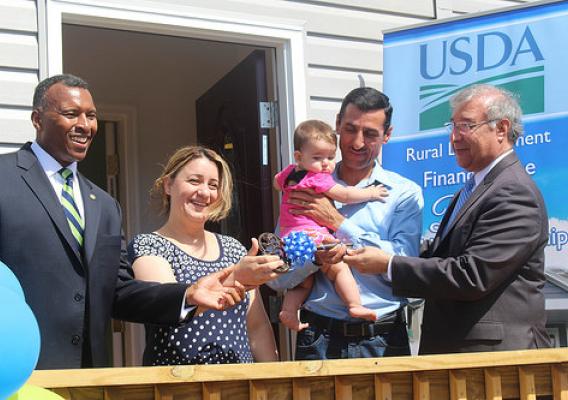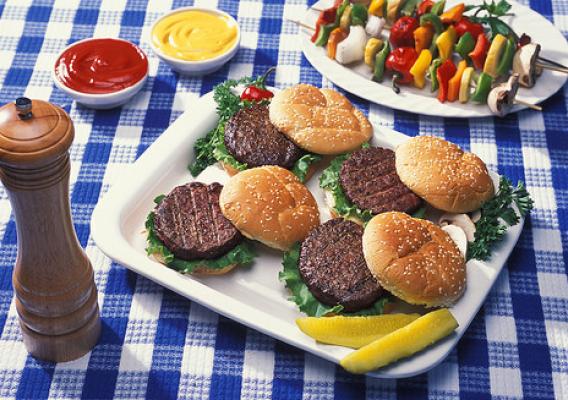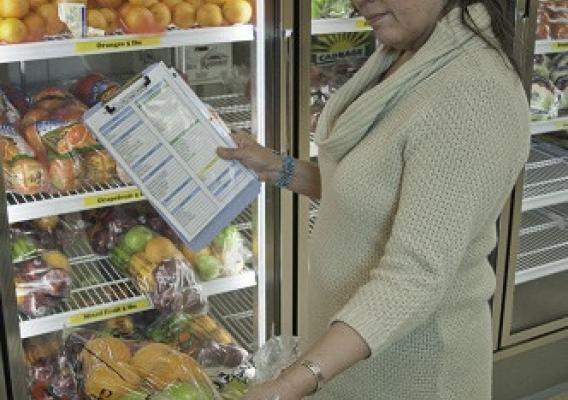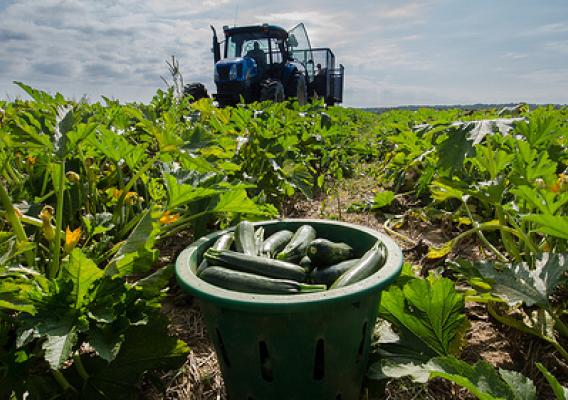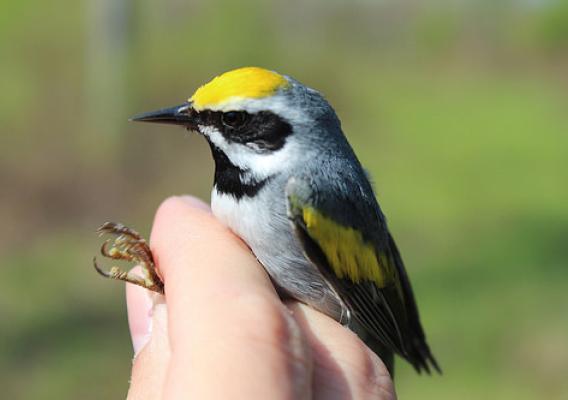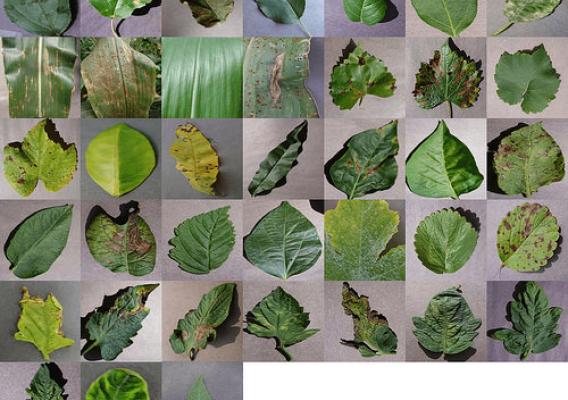This post is part of the Science Tuesday feature series on the USDA blog. Check back each week as we showcase stories and news from USDA’s rich science and research portfolio.
July is the height of summer grilling season, and throughout the month USDA is highlighting changes made to the U.S. food safety system over the course of this Administration. For an interactive look at USDA’s work to ensure your food is safe, visit the USDA Results project on Medium.com and read Chapter Seven: Safer Food and Greater Consumer Confidence
Have you ever wondered how to safely grill your burgers? How about determining the latest food safety recalls? USDA provides a number of resources to ensure that you have access to the most up to date information on food safety.
Keeping the food on America’s tables safe to eat is a serious challenge and USDA is serious about helping families avoid dangerous bacteria and other contaminants that can lead to foodborne illness. The Centers for Disease Control and Prevention estimates that one in six Americans are likely to become ill from foodborne illness each year, but most of these illnesses are thought to be preventable. That’s why USDA provides a number of tools consumers can use in order to prevent or reduce the risk of foodborne illness that would spoil the meal.

